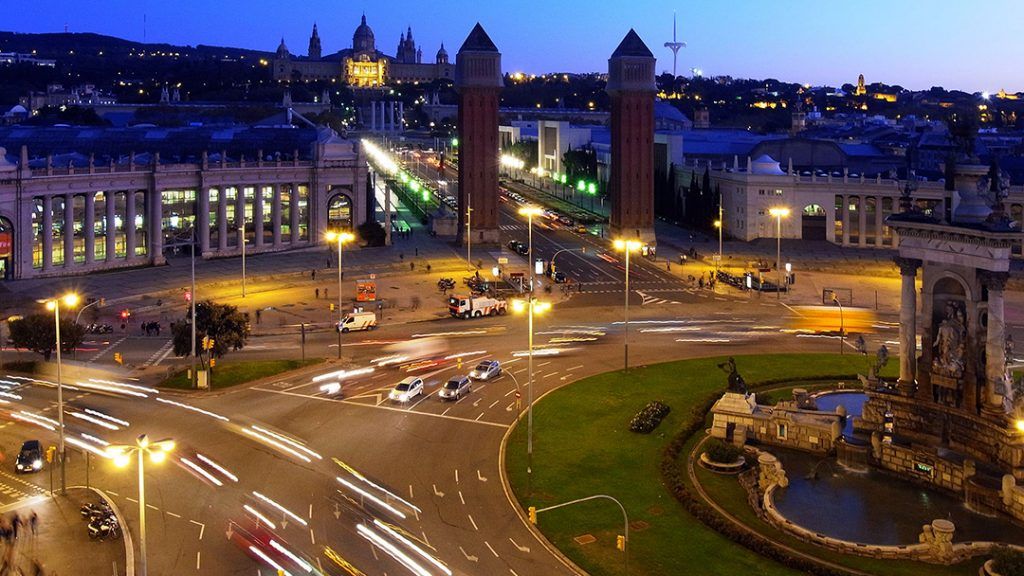Smart urban lighting, including public lighting, has often been seen as the solution to start the evolution to a smart city, highlights a report published by the European Parliament.
By combining improved and efficient street lighting through remote monitoring and control, lamps (street lamps) are an ideal object to equip with IoT devices that can collect, communicate and analyze data on traffic and pedestrian flows locally, environmental factors such as air quality, temperature, wind speed and humidity and acoustic data, for example for the detection of gunshots, urban noise, etc.
In general, public lighting consists of the lighting of public roads, public parks and other spaces of free movement that are not in charge of any natural or legal person of private or public law, with the aim of providing adequate visibility for the normal development of activities.
Smart cities use innovative technology to support and transform conventional networks and services.
According to the report, cities in the European Union are equipped with a total of up to 90 million lamps, representing 20 to 50% of a city’s energy bill.
About 75% of these lamps are over 25 years old and require innovation.
In addition to these lamps, cities contain various other types of lighting in public spaces such as parks and beaches.
Public lighting
To this end, in the European Union, the Humble Lamppost EC initiative is supporting cities towards 10 million smart lamps by 2025.
Among other cities, innovative applications can be found in major cities such as Barcelona, Rotterdam, Munich and Copenhagen.
In Barcelona, smart lighting infrastructure is used to monitor the occupancy of beaches and public areas for crowd management.
Likewise, it is used to contribute to the Covid-19 crisis by offering citizens information on where they can enjoy these areas while respecting the social distancing measures of Covid-19.
Artificial Intelligence (AI) is deployed to scan and analyze images of the beach in available areas rather than counting people to address privacy considerations.
Opportunities
The second example of innovative public services in a smart city is smart waste management which involves the collection and processing of waste.
By adding sensors to the waste bins that measure the fill rate and irregularities in their operation, efficiency gains can be obtained through intelligent routing of the collection according to the fill rate, but also less inconvenience to citizens caused. for full containers or defective containers.
Furthermore, AI can be applied to predict the patterns of how, when and where waste is disposed of, opening up possibilities for urban policy to stimulate efficient waste production and disposal among citizens.
As part of the RUGGEDIZED smart city project, this innovation was implemented in the city of Rotterdam.
Greater efficiency gains are also possible when using AI-enabled autonomous vehicles for waste collection.
AI can be used to optimize sustainable urban waste processing. In situations where waste separation is not yet very common in a city, computer vision can be used to separate waste streams for recycling or recycling towards a circular economy.
These innovative public services are commonly connected and can be unified through Urban Data Platforms (UDP), a trend seen in many European cities in reaction to the platform economy that comes with major digital platforms such as Uber, Airbnb, Google, etc. . and the recognition that city solutions are only possible with reliable and efficient infrastructure and data collaboration.
![]()

